A Design Brief is a document that clients use to communicate their expectations in terms of the goals, scope, and strategy of a design project to a designer.
Fundamentally, a design brief should outline what the designer is assigned to do and the applicable constraints. On that basis, it acts as the roadmap of the overall workflow of the design process. If well-crafted, it ensures there’s an agreement between the stakeholders of a design project in terms of deliverables, schedule, and budget.
Free Templates
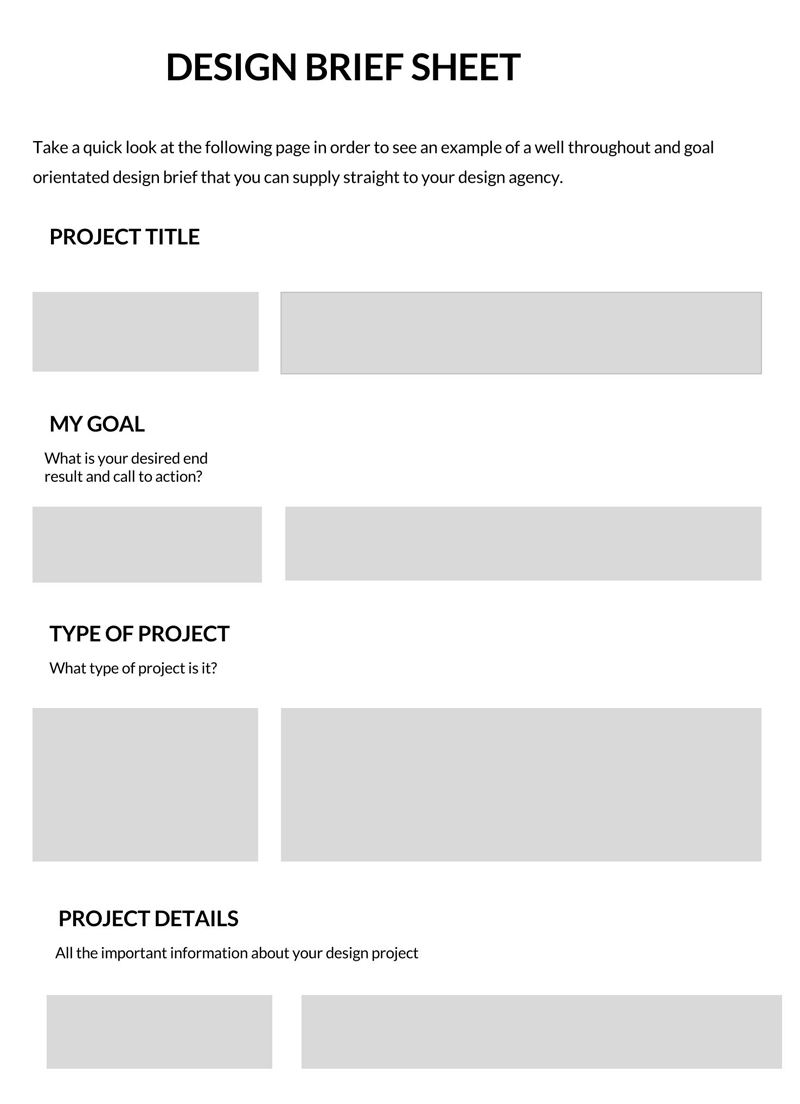
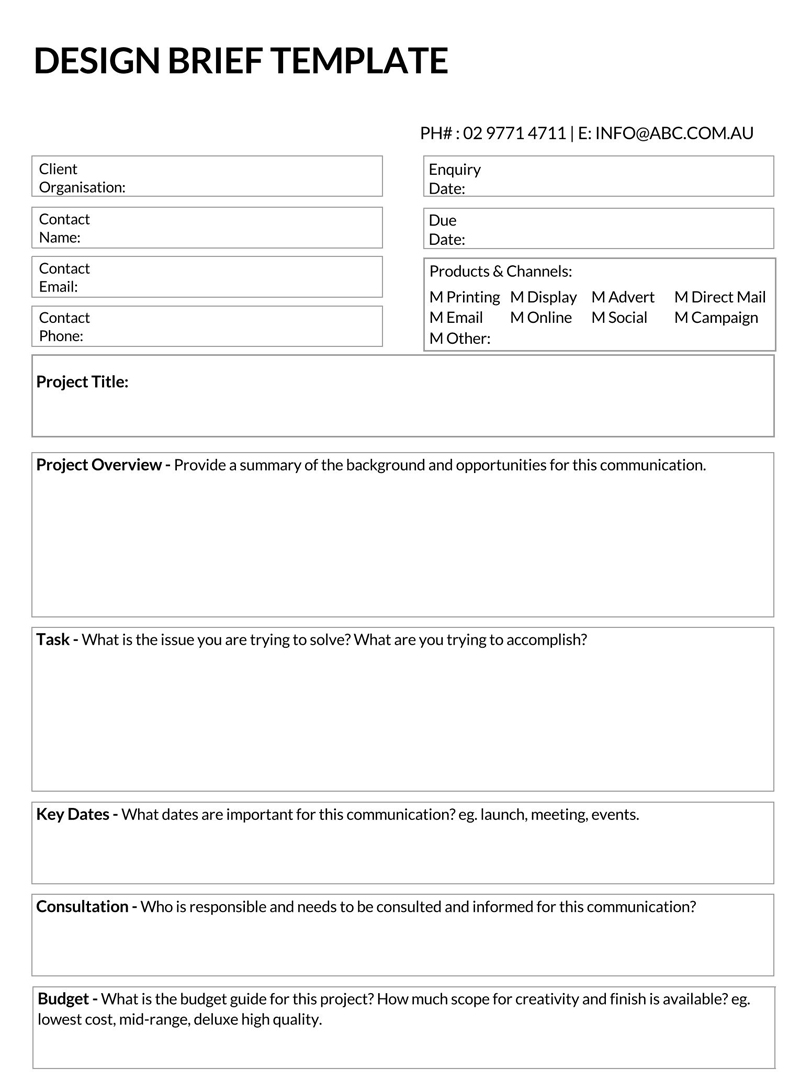
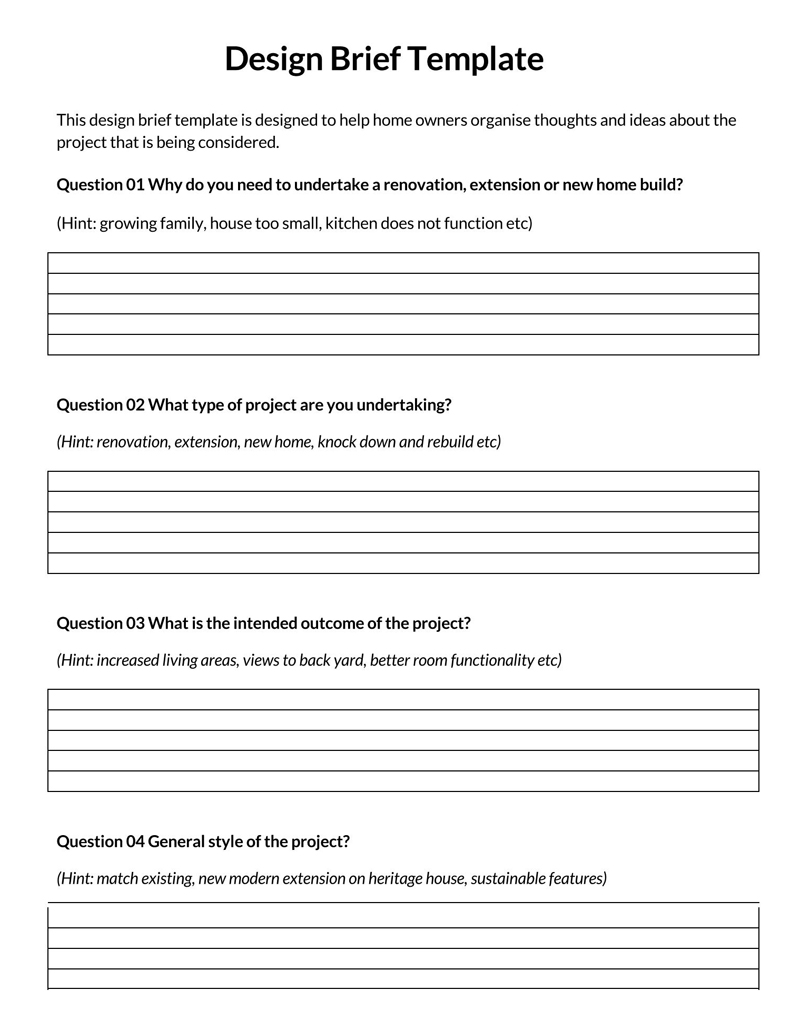
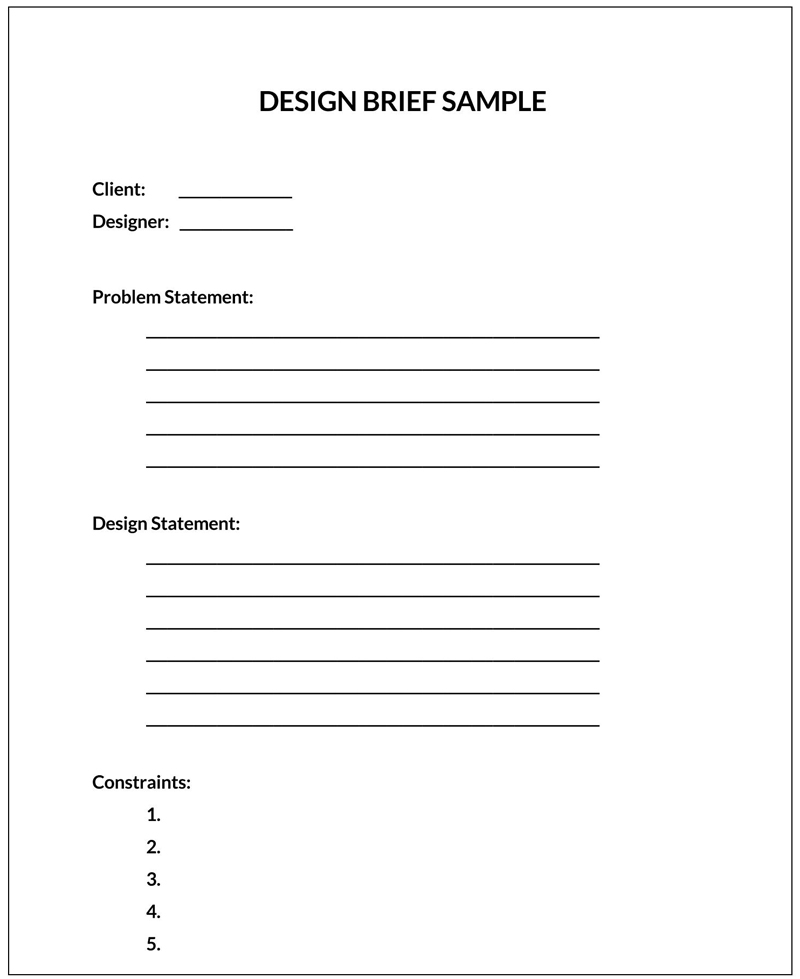
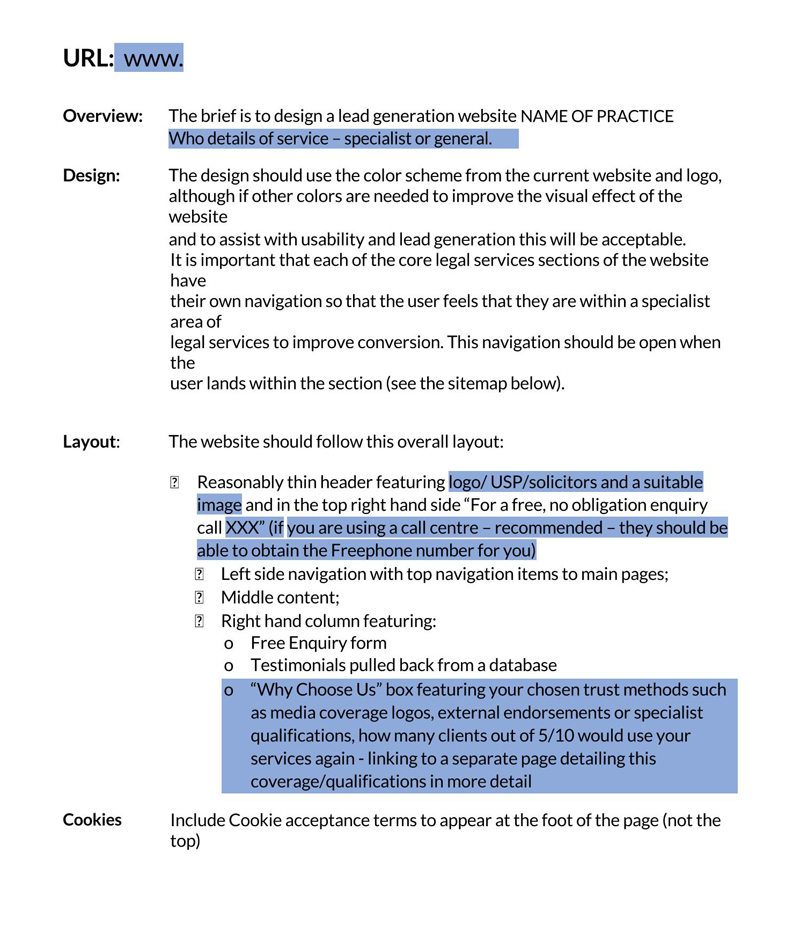
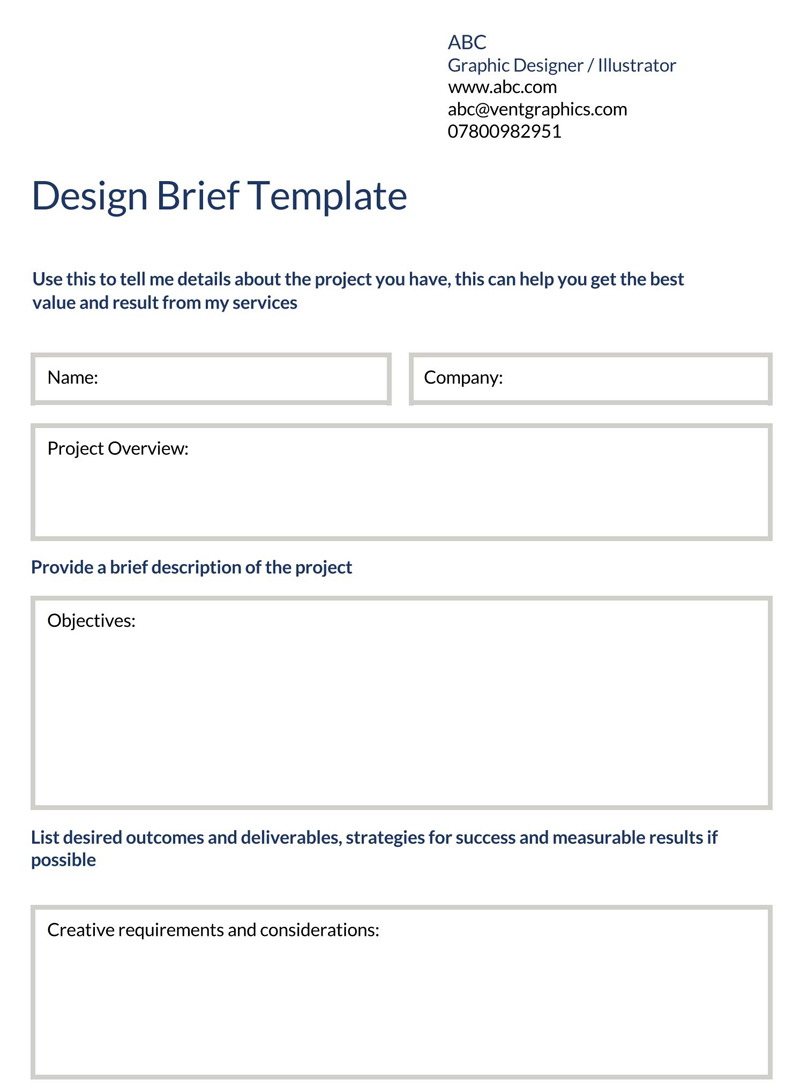
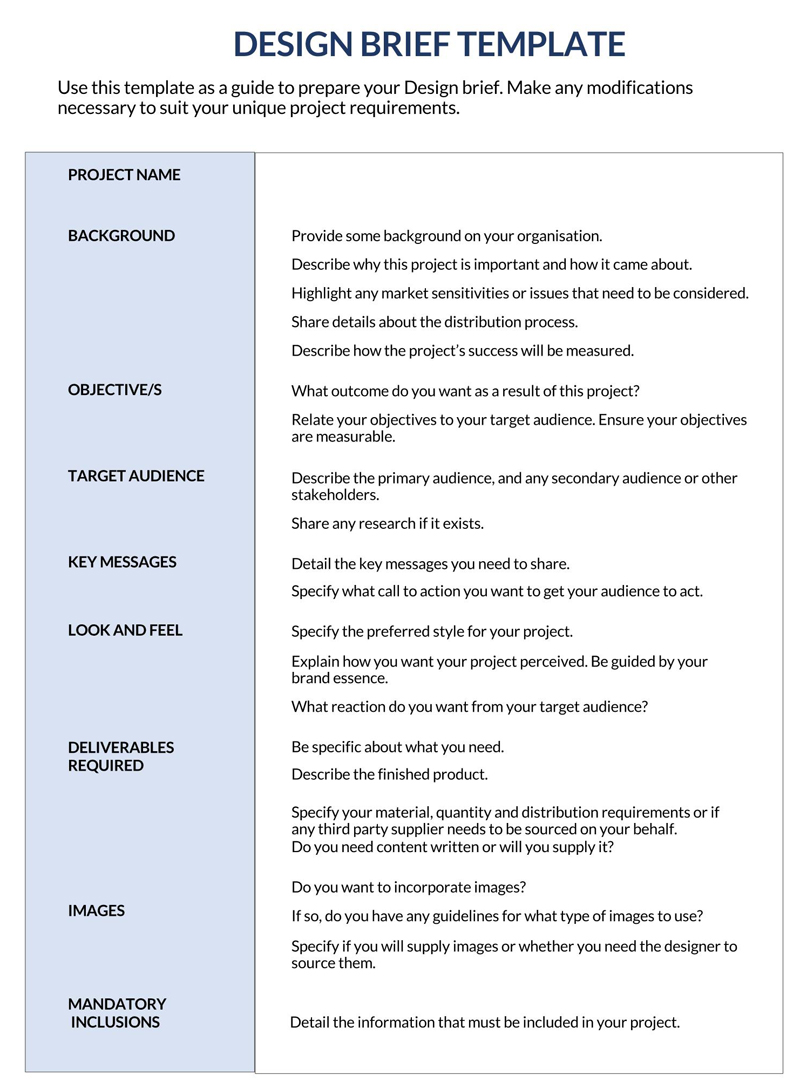
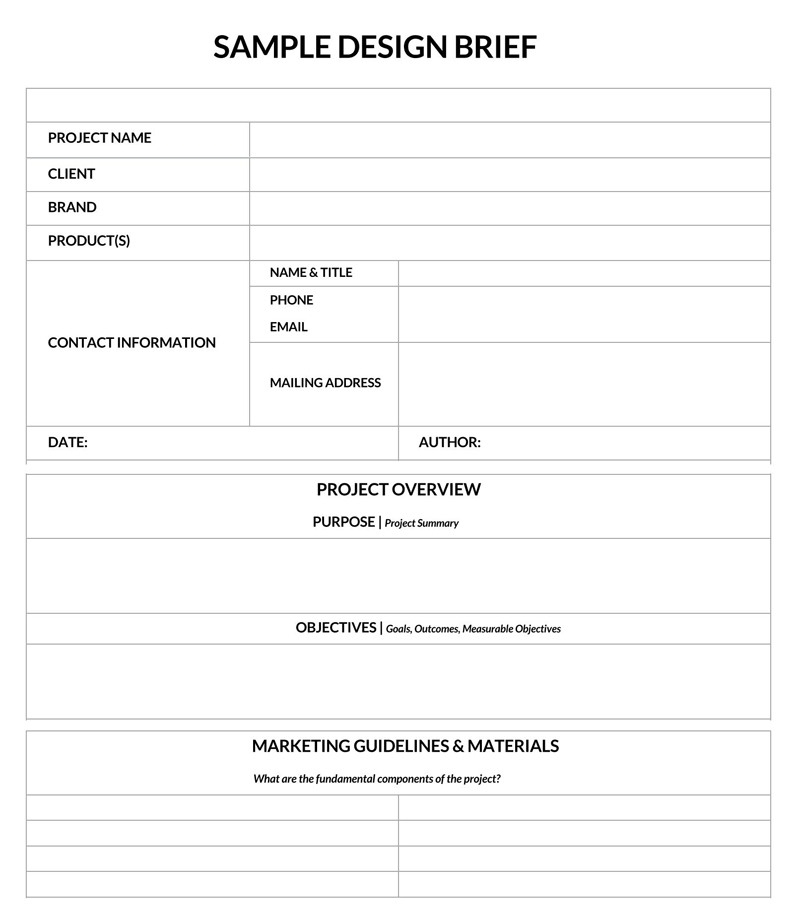
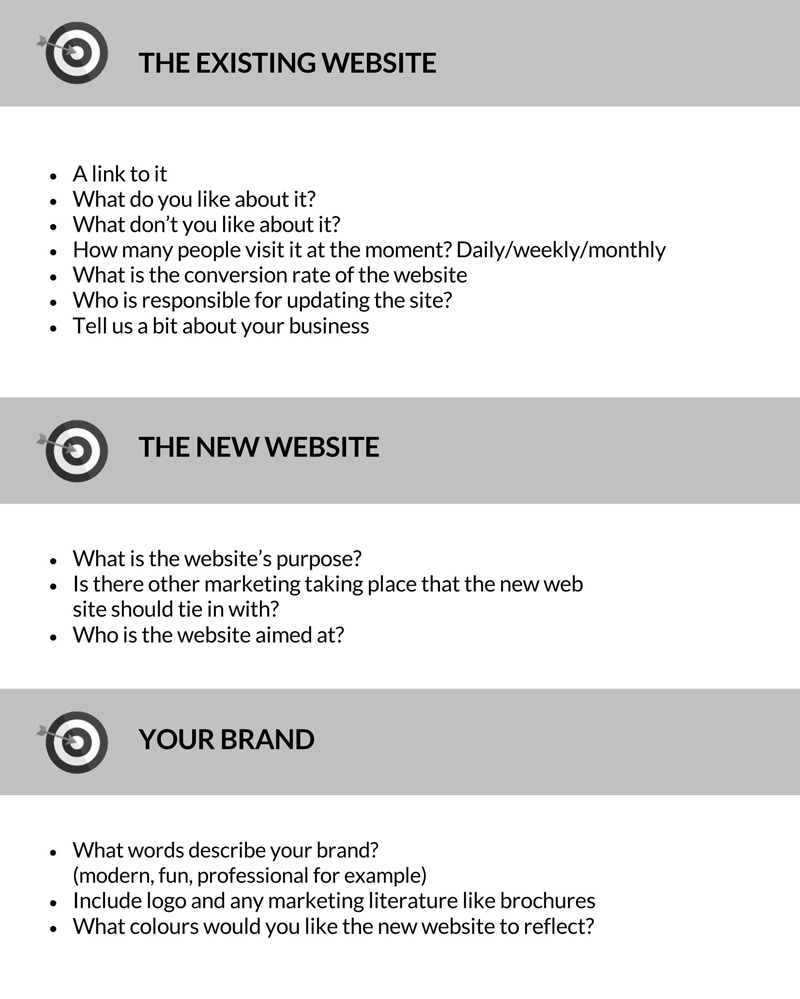
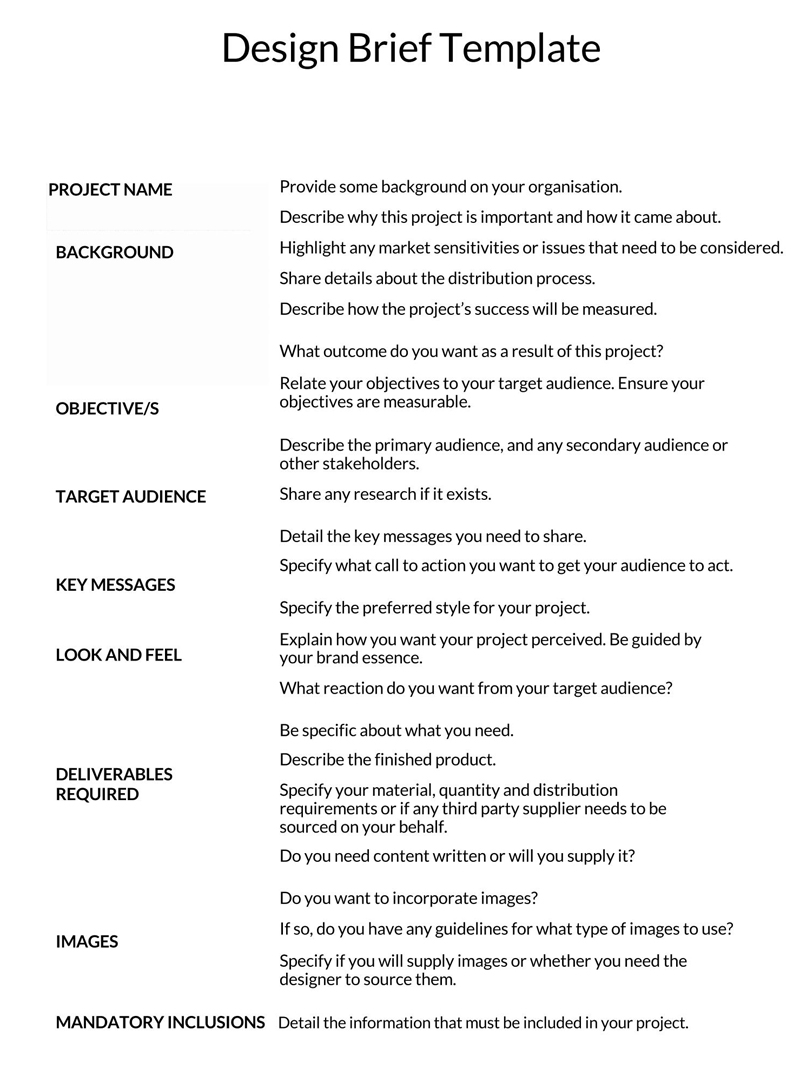
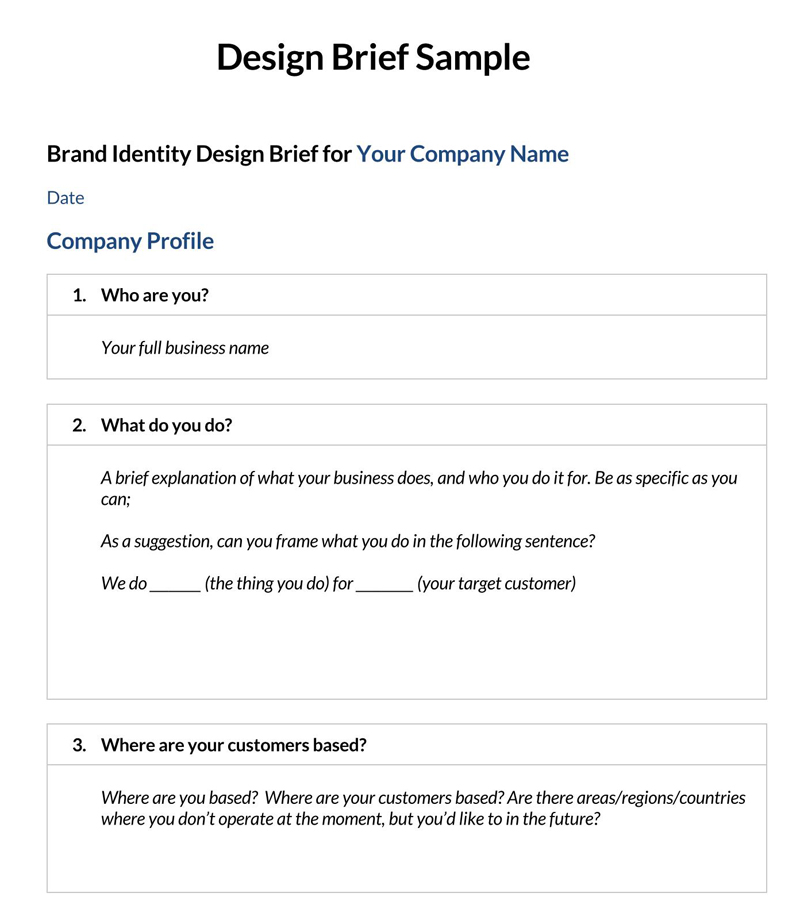
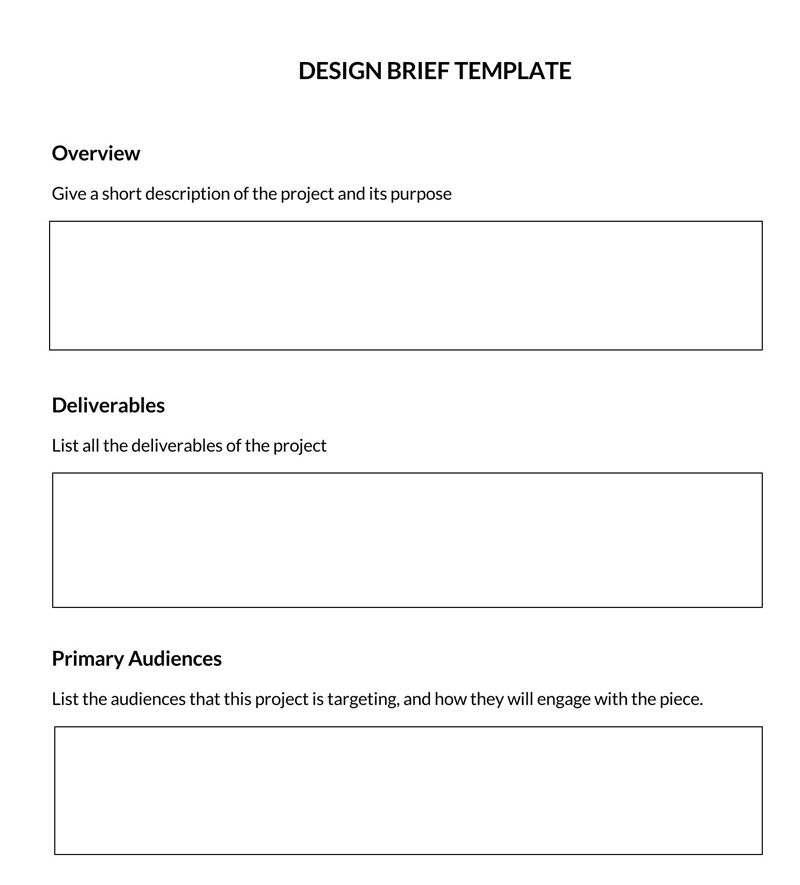
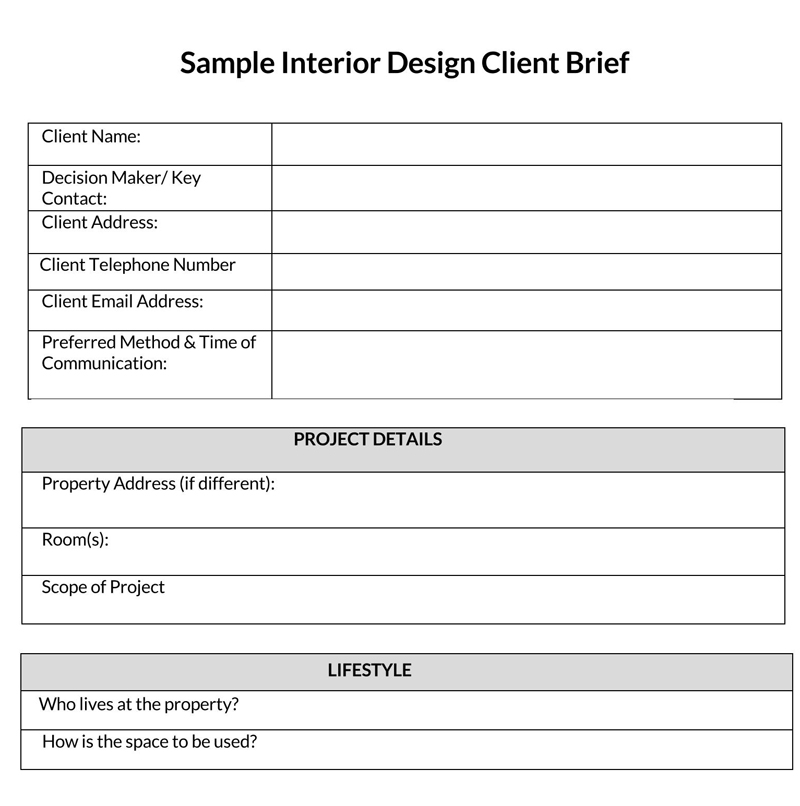
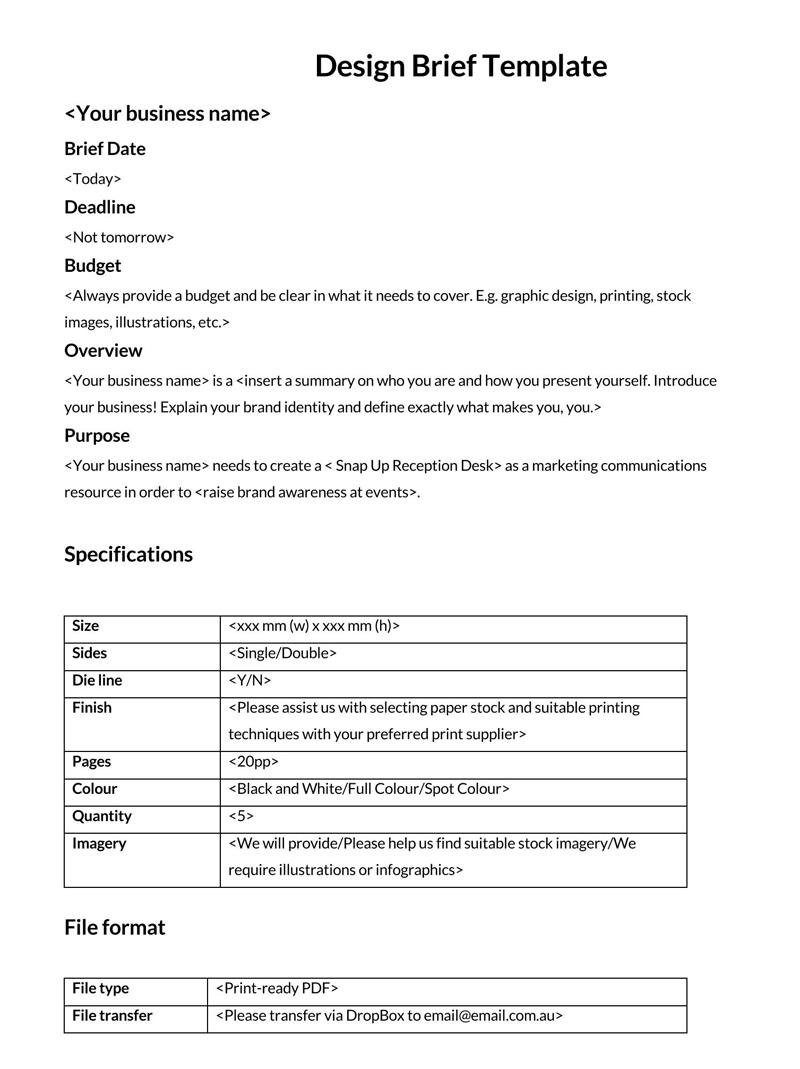
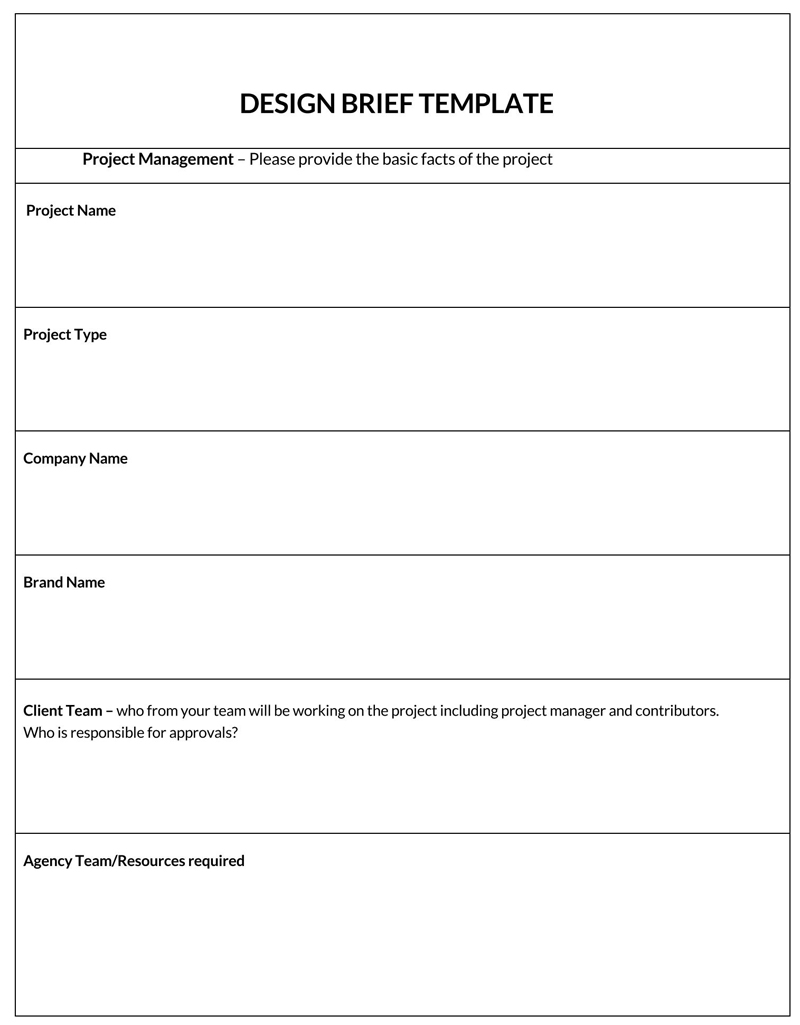
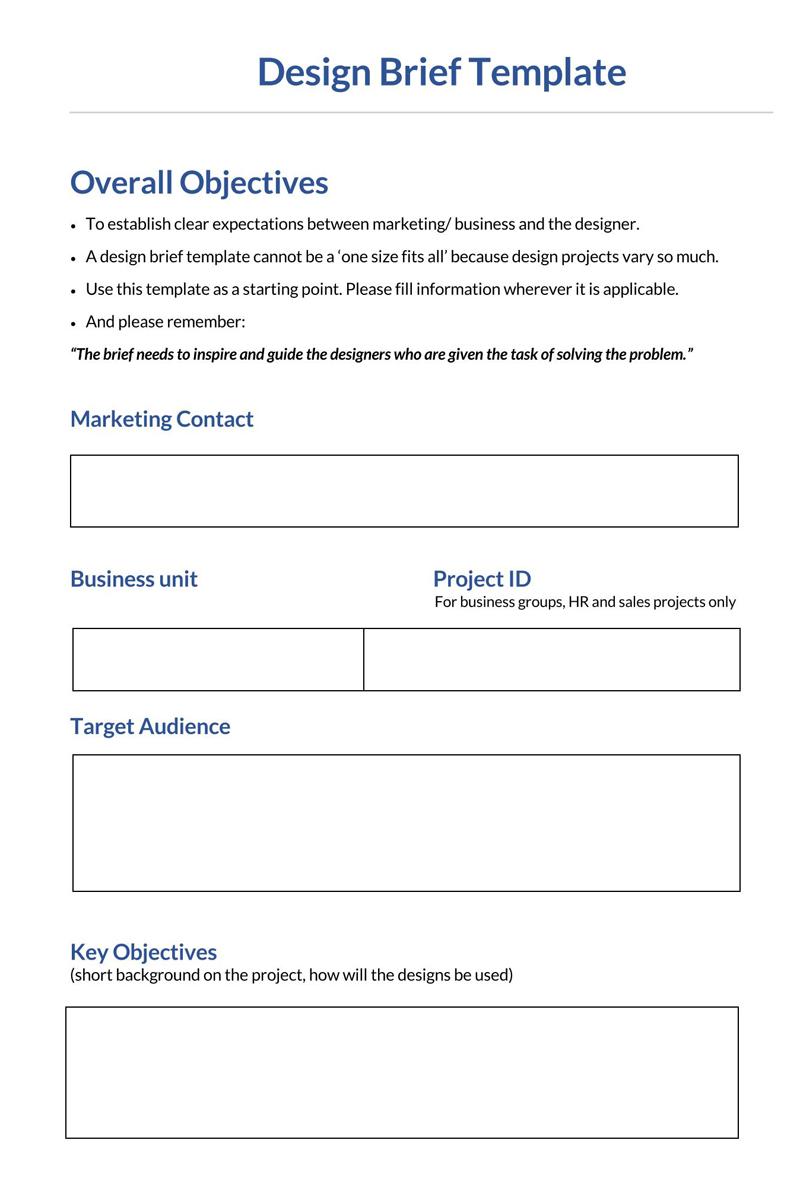
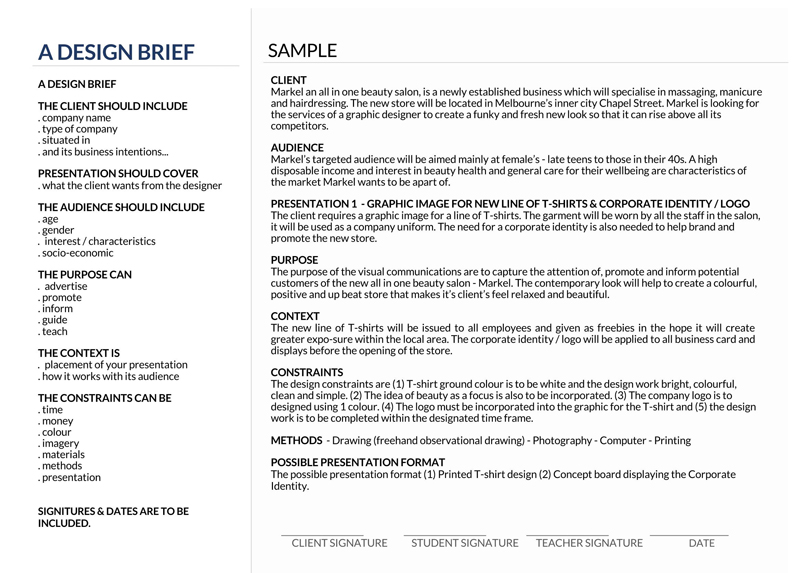
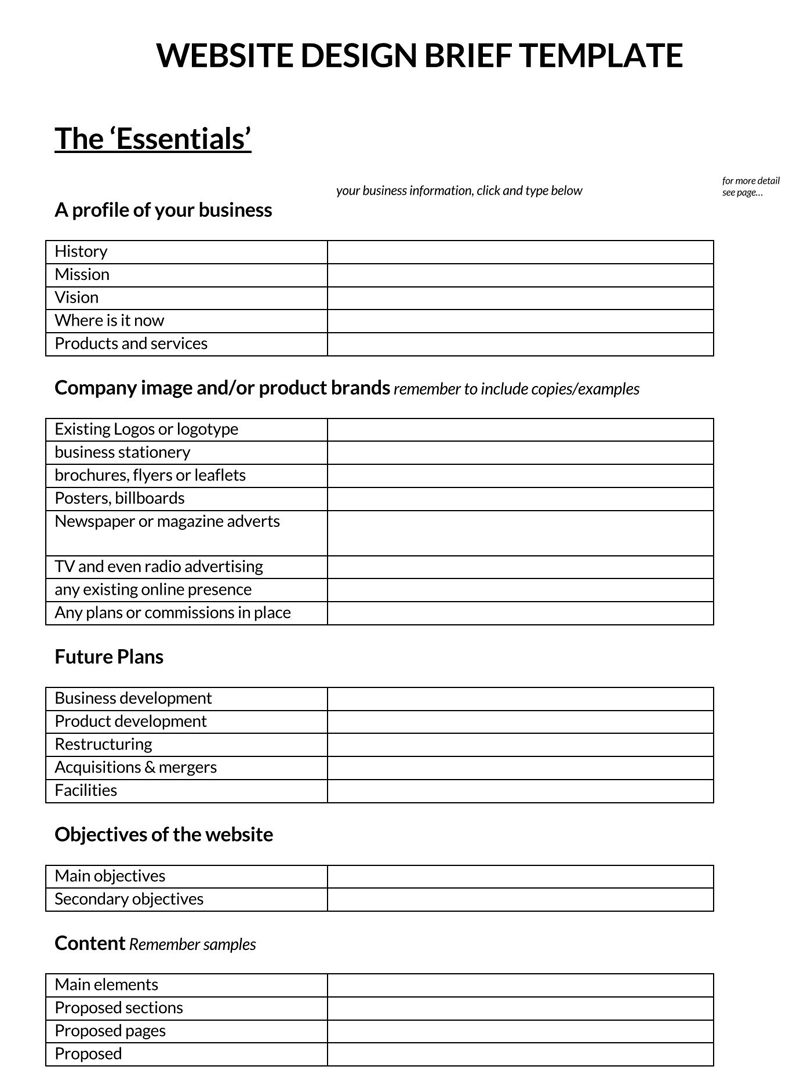
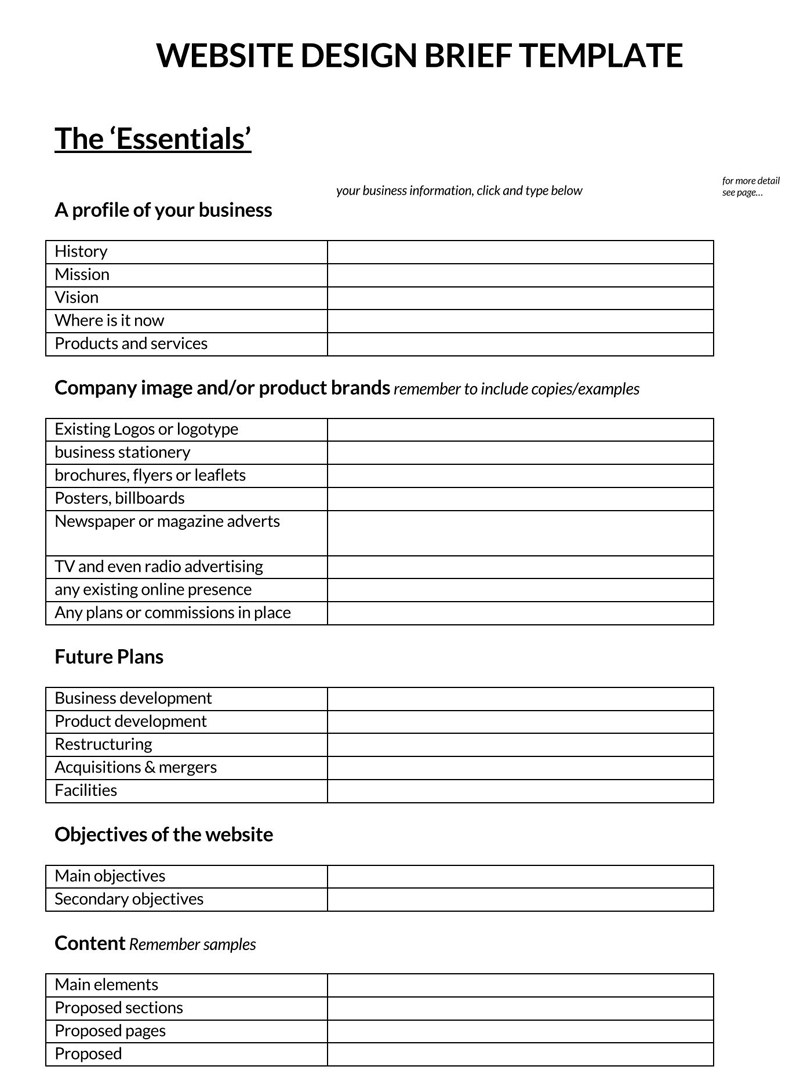
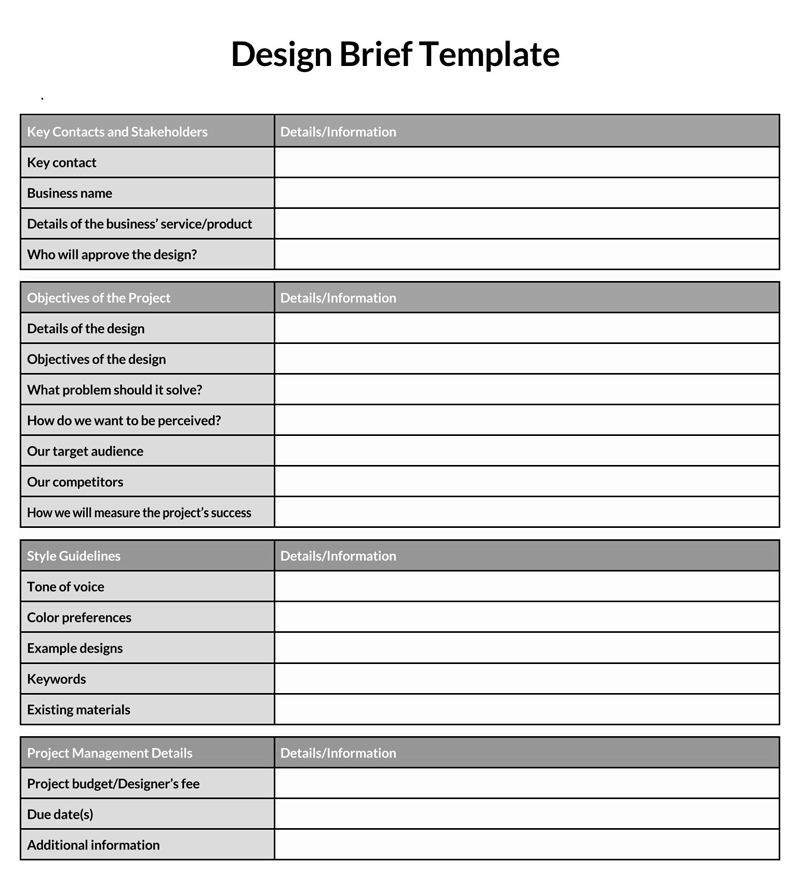
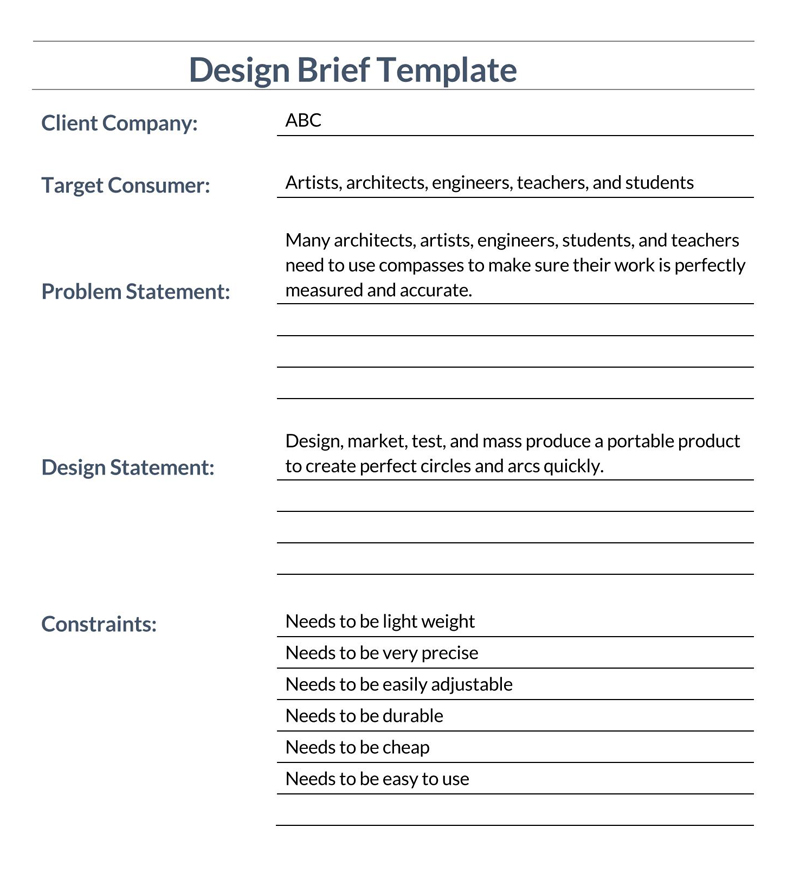
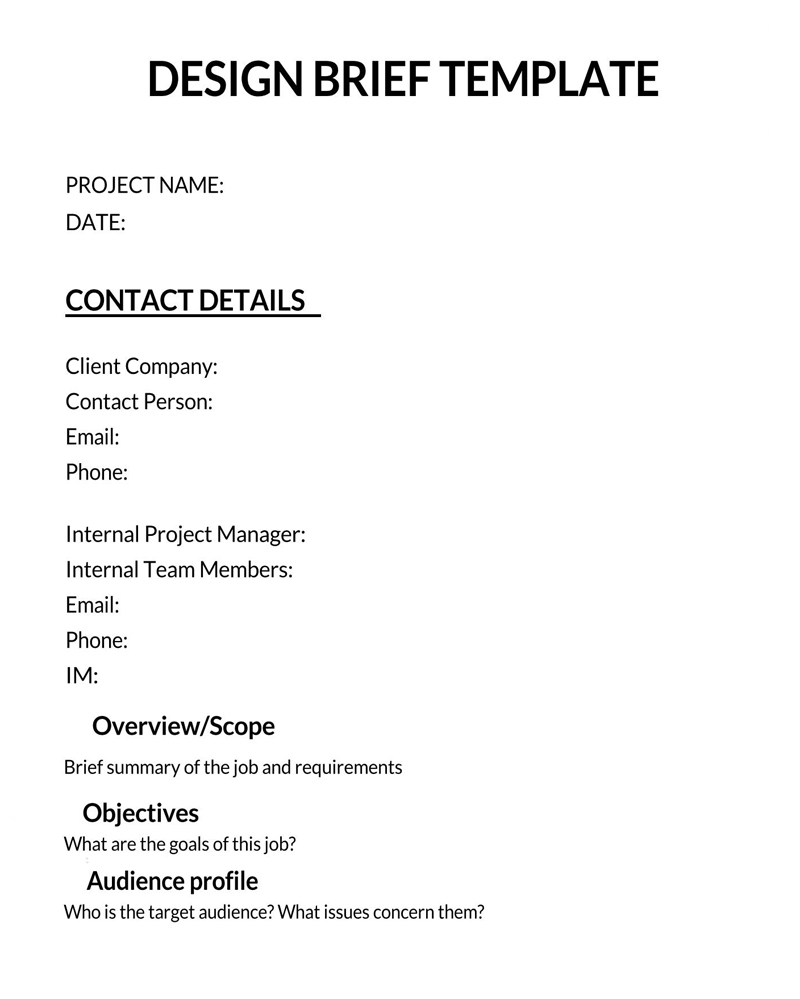
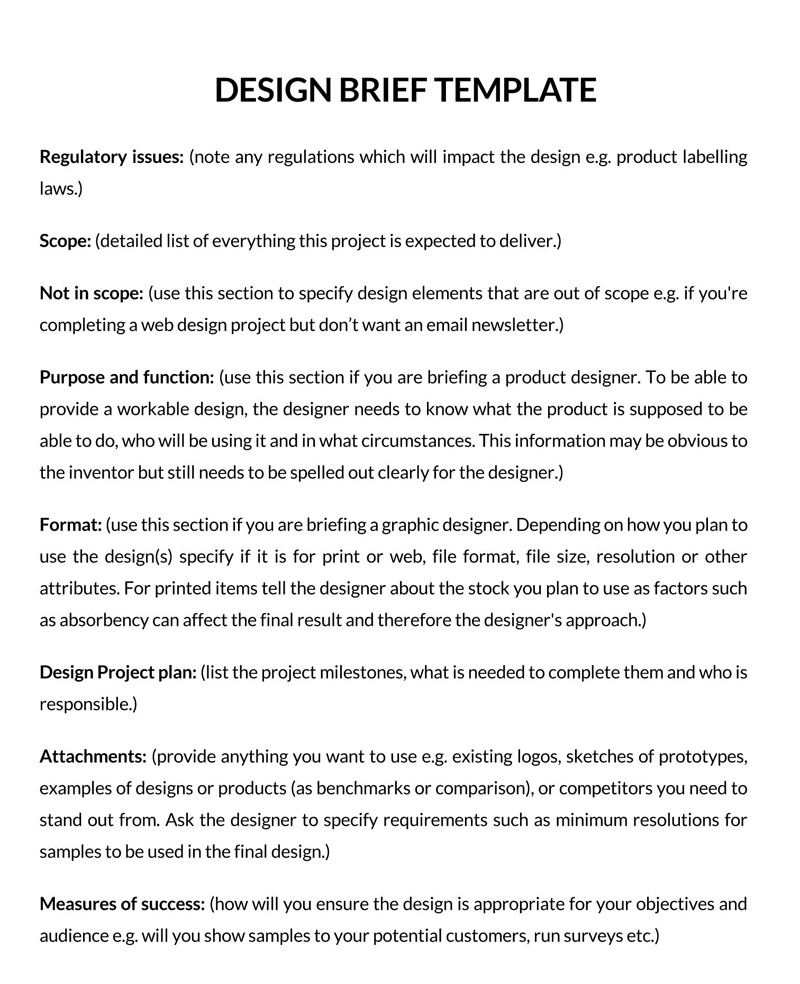
Who can Benefit from a Design Brief?
A design brief is as important to the designer (independent and in-house) as much as it is to a client. This article will, however, focus on the designer. It helps the designer avoid any hindrances during the entire design process by acting as a guide. By outlining the deliverables, the designer avoids a situation where the client claims their expectations were not met – the brief can be used for reference in a situation.
The Vitality of Design Brief
The information outlined in a design brief forms the foundation and the roadmap of the design project. As a result, the brief becomes an essential project management tool for designers from conception all the way to completion. One can track progress in a project as it contains vital milestones, timelines, and specific tasks.
It is a vital communication tool between the designer and the client. The client outlines what he or she wants to be done. The designer writes notes in the brief to note down important details about the design process that the client ought to be aware of.
Through this, the designer and the client can understand the project in-depth and create an opportunity to remove misconceptions and missing information for further discussions.
Essential Elements of a Design Brief
The briefs vary in terms of format, and their contents will vary from one project to another. However, there are basic elements that a client ought to include in a brief.
Below are the essential components of a design brief;
Project overview
The first item on the brief is a project overview. The designer should confirm the brief has a detailed description of the project. The overview provides background information, the scope of the project, and the deliverables. This section defines “what” the project is.
Information given in the project overview should answer the following questions:
- What am I working on in this project?
- Why are you doing it?
Objectives and goals
The next element ought to describe what the designer is expected to achieve by the client. The objectives and goals should be specific. The brief can outline the short term and long term goals. The expected outcome is the deliverables of the assignment. The goals represent the purpose of the project, while the objectives reflect the individual and measurable milestones whose completion results in the accomplishment of the set goal(s).
The objectives and goals section should provide answers to the following questions;
- What is this design project meant to achieve?
- What will success look like for this design project?
- What insights or information can guide the redesign toward success?
Budget and schedule
Designers should address budgeting and scheduling early on in the design process. Designers should ensure they allocate enough funds across all the design process phases: research, design, development, copy writing, coordination, testing, and review. The budget should be prepared depending on the client’s expectations (billable deliverables).
Time management is essential when serving clients. Clients need deliverables on time, for they could also be working on a schedule. The designer should then prepare a realistic schedule that divides the timeline into time frames (milestones) that are enough to get work completed. Ensure to include recesses in between the work schedule. Try to avoid creating a fixed schedule, create room for delays and any unprecedented events.
Below are examples of the questions one can ask themselves when preparing this section;
- What are the budget restraints on this project? How flexible are they?
- What internal time limits does this project need to align with?
- What are the major milestones within the project?
Target audience
More often than not, clients will be designing a product that addresses the needs of a specific category of customers (target audience).
The design brief should then contain information that defines the target audience and their traits. Sometimes this information will come from the client, and in other cases, the designer has to come up with the information on their own through research.
This can be billed as a separate service. Alternatively, one can ask the client to define their ideal customer, and a profile and persona are built around that information. Information used to define a target audience includes age, pain points, consumption habits, gender, interests and location.
Try to answer the following questions when preparing this section.
- Who is the client’s ideal customer?
- What are the ideal customer’s demographics, habits, and goals?
- When and how will the customers be using the product?
The target audience is rarely an issue for in-house designers, for they can obtain information about the target audience from any customer personas in the company.
Company and brand overview
It should contain information about the client in regards to their brand and business. This section is meant to give a designer insight into the type of business the client conducts and the industry they belong to.
The exemplary questions below can be used as considerations to detail information about a company and brand overview.
- What are the client’s main products or services? What do they do?
- How big is the client company and its market?
- What makes the company unique?
Available materials
The brief ought to outline all existing materials the design project will require. In most cases, the client will present logos, product photos, videos etc., that they want to be included in the final product. These materials should be listed. A designer can also list materials that they think would improve the expected design.
Overall style
The brief should state the style of product they would like from the designer. Style is often determined by taste, product, target audience and interests. Ensure the style is captured in the brief. Style can be determined by showing the client different designs of products and having the state if they like or dislike it.
Project deliverables
It should then outline the final product(s) the designer is expected to deliver to the clients. Deliverables will differ depending on the type of project. Deliverables include raw files, image file types, features, etc.
The questions below can be used as guides on what should be included;
- What does the client or I expect to receive at the end of the project?
- What file formats should design works be supplied in?
- What sizes and resolutions are needed?
Milestones and schedule
Milestones are essential in tracking the design process. Milestones ought to be defined such that the client and any other non-designer can understand. Milestones can be combined with the design process schedule. It is recommended that different milestones be created such that there is transparency in the design process for non-designers and non-creatives to understand. Transparency is key in having a healthy working relationship.
Designers can ask themselves the following questions;
- When are they expected to provide you with initial information?
- What’s the required time frame for giving feedback or answering emails?
After the milestones have been created, a draft schedule for the milestones should be created to elaborate on how long each milestone takes. The draft should incorporate strict deadlines the client expects the designer to meet. Non-designers might have a hard time comprehending how long the design process takes; attaching a schedule is a perfect way of clearing this up.
Other relevant information
Any other relevant additional information not discussed in the other sections of the brief should be included in this section.
The following information can be included in this section.
- Who are the major competitors?
- Are there any “do nots”? In terms of features or creative directions, do you want to reject upfront?
- Who will do the final review and approval? Who will have the authority to approve or reject your work at the end of the project?
note
“Do nots” are the things the client does not want in the final product, i.e, features, design, colors etc. [Content]
Stakeholders and review process
The design can also identify key stakeholders and decision-makers involved in the design process. The list should be kept at minimal; one or two people can be named.
The brief should then define how the product can be reviewed and how feedback should be given. This streamlines the review and feedback phase.
Consider the following questions when determining the stakeholders and the review process;
- Who are the stakeholders?
- What is the design review process like?
- What is expected of the client in this process?
To avoid creating committees for the review process, designers should request clients to review the design internally and provide feedback. The feedback can then be discussed directly with stakeholders.
Gathering Information for Crafting Design Brief
When preparing a design brief, there are several ways one can obtain the information that should be included in the document.
The following approaches can be used depending on preference and the situation;
Formal questionnaire
One can create a detailed questionnaire that contains questions to pertinent aspects of the design or the client’s expectations. This method is more suitable for new customers who have never worked with designers before.
Guiding document
A designer can develop a simple document the client can use to prepare a design brief. This method is more suitable for clients who have previously worked with designers.
Interview your clients
Lastly, one can interview the client to collect the necessary information for the design process. It can be prepared during the interview, or one can simply take notes or record the conversation (with consent) and prepare the brief later. An interview is more effective as clarification can be sought immediately.
Tips for Creating a Design Brief
To improve the quality of a brief, the following items can be included in the document;
Competitive analysis
Information on the client’s competition can be added in the brief to design a product that gives the client a competitive advantage over their competitors.
Analytical data/insights
Data that can be used to design a better product can be added in the brief. Have a deeper understanding of the deliverables and factors that influence the deliverables can prove very significant in improving the quality of the brief.
Branding information
Any information that can be used to better represent the client’s brand should be included in the brief.
Access and updating procedure
Ensure the brief can be readily updated to accommodate any feedback after the review process. The brief should also be made to be accessible to other stakeholders.
Conclusion
Designers use a design brief to understand a client’s expectations and communicate their expectations of a design project. A brief is one document that prevents misunderstandings between a designer and their client. Using a template to prepare the brief simplifies the writing process and is time-saving. Designers should ensure the template they select has the following sections to fill; Project scope, objectives and goals, budget and schedule, target audience, available materials/required materials, overall style/look, any additional information, and stakeholders and review process.




